- No products in the cart.
Erythropoietin solution and / I / / n / k 2000me / ml 1ml amp 10 pcs
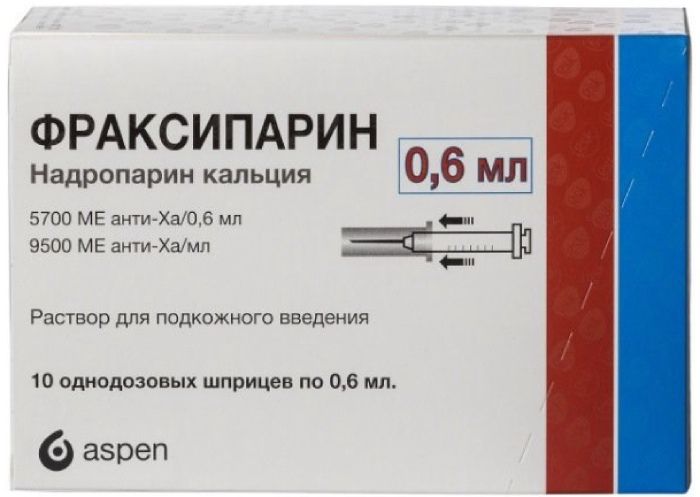
Fraksiparin solution and / n / k 9500me anti-ha / ml 0.6ml 5700me anti ha syringe 10 pcs
$105.49
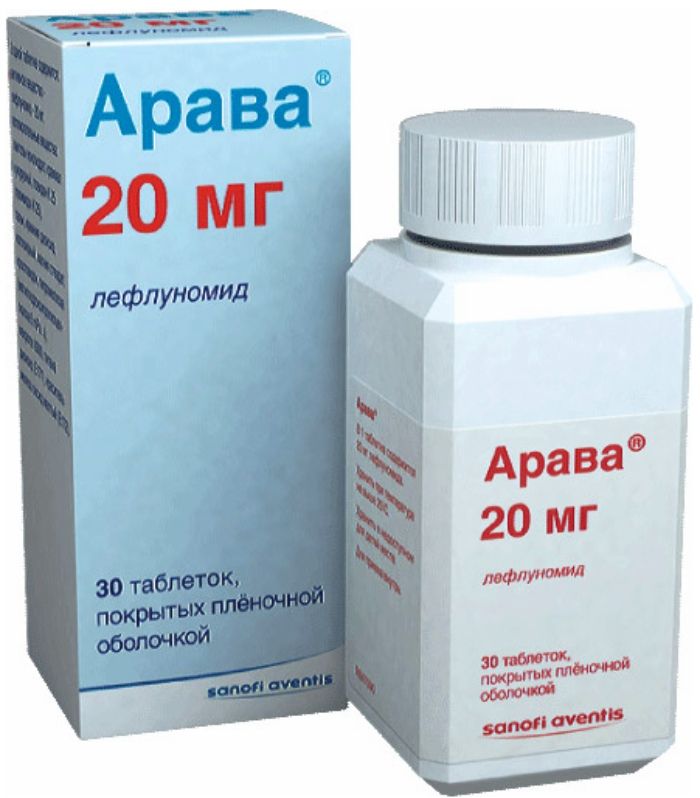
Arava tab p / 20 mg of the film 30 pc
$30.91
$195.41
Erythropoietin solution and / I / / n / k 2000me / ml 1ml amp 10 pcs
SKU: 0283759600 Categories: Blood, Hemopoiesis stimulants, Medicaments Tags: Binnofarm, epoetin beta
Description
Composition
Active substance:
Recombinant human erythropoietin in 2000 ME.
Excipients:
Albumin solution 10% (in terms of dry albumin) – 2.5 mg.
Isotonic citrate buffer: -5.8 mg sodium citrate, sodium chloride -5,84 mg citric acid – 0.057 mg, water for injection – up to 1 ml.
Description:
Transparent colorless liquid.
Product form:
Solution for intravenous and subcutaneous administration of 2000 IU / ml, in 1 ml ampoules. 5 vials in blisters, 2 contour of cellular packaging and instructions for use in a stack of cardboard.
Contraindications
Hypersensitivity to the drug or its components, partial red cell aplasia after the earlier of the therapy in any epoetin beta, uncontrolled hypertension, the impossibility of adequate anticoagulant therapy, myocardial infarction within a month after the events, unstable angina, or an increased risk of deep vein thrombosis and thromboembolism in preddepozitnoy framework program collecting blood before surgery, porphyria.
Carefully:
In patients with thrombosis (history), with malignant tumors, with sickle cell anemia, a moderate anemia without iron deficiency with thrombocytosis, with refractory anemia, epilepsy, chronic liver failure, nephrosclerosis, in patients weighing less than 50 kg for larger volume donated blood for subsequent autotransfusion.
Dosage
2000 IU / ml
Indications
Treatment of anemia of renal origin in patients with chronic renal failure, including on dialysis.
Prevention and treatment of anemia in adult patients with solid tumors receiving platinum chemotherapy drugs that can cause anemia (carboplatin 75 mg / m2 per cycle, carboplatin 350 mg / m2 per cycle).
Treatment of anemia in adult patients with multiple myeloma, non-Hodgkin’s lymphoma, low grade and chronic lymphocytic leukemia receiving antitumor therapy at a relative deficiency of endogenous erythropoietin (it is defined as the concentration of erythropoietin in serum disproportionately low with respect to the degree of anemia).
Increasing the volume of donor blood for autotransfusion follow. In this case, the advantages of using epoetin beta need to correlate with increased risk of thromboembolism in its application. Patients with moderate anemia (hemoglobin level of 100-130 g / l or 30-39% hematocrit without iron deficiency) drug is prescribed only in the case to receive a sufficient amount of stored blood is not possible, and the routine major surgery may require a large volume blood (> 4 units for women or> 5 units for males).
Prevention of anemia in preterm infants born weighing 750- 1500 g, up to 34 weeks gestation.
Interaction with other drugs
With simultaneous use of erythropoietin and cyclosporine may need correction last dose due to the increase of its binding erythrocytes. Erythropoietin clinical experience to date did not reveal evidence of its pharmacological incompatibility with other drugs. However, to avoid possible incompatibility or reduced activity, erythropoietin can not be mixed with solutions of other drugs.
Overdose
Symptoms: hypertension, polycythemia, polychromemia, a sharp increase in hematocrit values.
Treatment: symptomatic. In the case of hypertension is necessary to eliminate excessive hydration. In the presence of erythrocytosis and hydration necessary measures for the removal of excess fluid.
With the high level of hemoglobin and hematocrit shows phlebotomy.
pharmachologic effect
Pharmacological group:
stimulant of hematopoiesis
Pharmacological properties:
Epoetin beta – glycoprotein, specifically erythropoiesis stimulating activates mitosis and maturation of red blood cells from red blood cell number of progenitor cells. The recombinant Epoetin beta is synthesized in mammalian cells into which a gene encoding human erythropoietin. In its composition, biological and immunological properties of epoetin beta is identical to the natural human erythropoietin. Introduction epoetin beta increases the hemoglobin and hematocrit When the use of erythropoietin in women of reproductive age possible resumption of menses. The patient should be warned of the possibility of pregnancy and the need for reliable methods of contraception before therapy.
Considering possible a more pronounced effect of erythropoietin, the dose should not exceed a dose of Epoetin beta, used in a previous course of treatment. During the first two weeks of dose is not changed, estimate the ratio dose / response. Thereafter, the dosage can be reduced or increased by the scheme presented above.
During treatment to establish the optimal maintenance dose of patients with uremia should avoid activities potentially hazardous activities that require high concentration and speed of psychomotor reactions, because of the increased risk of high blood pressure at the beginning of therapy.
Introduction epotina beta leads to an increase in hemoglobin and hematocrit, improve blood supply to tissues and heart function. The most pronounced effect of epoetin beta occurs with anemia caused by chronic renal failure. In very rare cases, long-term use of erythropoietin for the treatment of anemic conditions can be observed the formation of neutralizing antibodies to epoetin beta to the development of partial red cell aplasia or without it.
Pharmacokinetics:
When administered intravenously, Erythropoietin in healthy persons and patients with uraemia half-life of 5-6 hours. When administered subcutaneously erythropoietin concentration in the blood rises slowly and reaches a maximum during the period from 12 to 28 hours after administration, half life of 13-28 hours. when intravenous half-life of 4-12 hours. Bioavailability of erythropoietin after subcutaneous administration is 25-40%.
Pregnancy and breast-feeding
Since sufficient experience with erythropoietin during pregnancy and lactation in humans there, Erythropoietin should be used only if the expected benefits from its use than the potential risk to the fetus and mother.
Conditions of supply of pharmacies
Prescription
side effects
Adverse reactions listed according to the following gradation: often ((> 1%,
special instructions
Because in some cases, anaphylactoid reactions were observed, the first dose should be administered under the supervision of a physician.
Improper use of the drug by healthy people (such as doping) may cause a sharp increase in hematocrit, accompanied by life-threatening complications of the cardiovascular system.
During treatment, blood pressure should be on a weekly basis to monitor and conduct a complete blood count, including the determination of hematocrit, platelets and ferritin. During the first 8 weeks of treatment required weekly counting corpuscles, especially platelets. With an increase in platelet count above normal, or more than 150 – 109 / l initial value of erythropoietin treatment should be interrupted.
In patients with uremia on hemodialysis, it is recommended to monitor blood pressure, including between dialysis sessions. Due to the increase in hematocrit is often required to increase the dose of heparin also need timely prevention of thrombosis and early revision of the shunt. The pre- and postoperative hemoglobin should be monitored more frequently if its initial level was less than 140 g / l. During treatment Erythropoietin is necessary to periodically monitor the level of potassium and phosphate in the serum. When an hyperkalemia to temporarily cancel Erythropoietin before normalization potassium concentration.
In most cases, simultaneously with an increase in hematocrit decreases the level of serum ferritin. Therefore all patients with renal anemia genesis and serum ferritin levels less than 100 ug / L or the transferrin saturation of less than 20% is recommended oral iron preparations in a dose of 200-300 mg / day. Patients with cancer and hematological diseases therapy with iron preparations performed according to the same principles, the patients with multiple myeloma, non-Hodgkin’s lymphoma, low-grade or chronic lymphocytic leukemia with transferrin saturation of less than 25% may be administered 100 mg of iron per week / in.
Premature babies an oral iron medication therapy at a dose of 2 mg per day should be administered as soon as possible (no later than the 14th day of life). Correcting the dose of iron, depending on the level of serum ferritin. If it is firmly retained at a level below 100 pg / ml or have other symptoms of iron deficiency, the dose of iron preparations should be increased to 5-10 mg / day, and the therapy to relief of symptoms of iron deficiency.
Storage conditions
In a dry, dark place at a temperature of 2 to 8 ° C. Keep out of the reach of children!
Dosing and Administration
Treatment of anemia in patients with chronic renal failure.
N / a or / in. When on / in a solution to be administered within 2 minutes, patients on hemodialysis – after arteriovenous shunt in the end of the dialysis session. For patients not in hemodialysis, preferably administered drug n / k, to avoid peripheral venous puncture.
The goal of treatment – to achieve a level of hematocrit equal to 30-35%, or eliminate the need for blood transfusions. Weekly hematocrit increase should not exceed 0.5%. should not exceed the level of 35%. In patients with hypertension, cardiovascular and cerebrovascular diseases weekly increase in hematocrit and its targets should be determined individually, depending on the clinical picture. For some patients, the optimal hematocrit – below 30%.
Erythropoietin treatment is carried out in 2 stages:
Initial therapy (correction step). For n / to a starting dose of 20 IU / kg body weight 3 times per week. With insufficient increase in hematocrit (less than 0.5% per week) the dose can be increased monthly 20 IU / kg body weight 3 times per week. The total weekly dose can be divided also in daily administration or in smaller doses administered at one time.
The on / in the administering an initial dose of 40 IU / kg body weight 3 times per week. With insufficient increase in hematocrit in a month dose can be increased up to 80 IU / kg three times a week. If there is a need to further increase the dose, it should be increased by 20 IU / kg three times a week at monthly intervals. Regardless of the route of administration the highest dose – not more than 720 IU / kg body weight per week. Supportive therapy. To maintain hematocrit at 30-35% of the first dose should be reduced by half the dose in the previous injections. Subsequently, a maintenance dose picked individually, with intervals of 1-2 weeks. For n / to a weekly dose may be administered once or 3-7 administrations per week.
In children, the dose depends on the age (as a rule, the younger the child, the higher the dose of epoetin beta it requires). However, as to predict individual response is not possible, it is advisable to start with the recommended mode.
Erythropoietin treatment is conducted usually for life. If necessary, it can be interrupted at any time.
prevention of anemia in premature infants.
P / K at a dose of 250 IU / kg body weight 3 times per week. Epoetin beta treatment should start as early as possible, preferably by day 3 of life and continue 6 weeks. Prevention and treatment of anemia in patients with solid tumors.
N / a, dividing the weekly dose into 3-7 administrations.
Patients with solid tumors receiving platinum-based chemotherapy, treatment with erythropoietin shown hemoglobin level before chemotherapy is not higher than 130 g / l. Starting dose – 450 IU / kg body weight per week. If after 4 weeks the hemoglobin level rises enough, the dose should be doubled. Duration of treatment – no more than 3 weeks after the end of chemotherapy. If during the first cycle of chemotherapy hemoglobin levels despite treatment with epoetin beta, is reduced by more than 10 g / l, a further application of the drug may be ineffective.
Avoid hemoglobin increase more than 20 g / l of a month or up to a level above 140 g / l. With an increase in hemoglobin greater than 20 g / l monthly dose of Epoetin Beta must be reduced by 50%. If the hemoglobin exceeds 140 g / L, drug overturned until until it drops to the level of
Treatment of anemia in patients with multiple myeloma, non-Hodgkin’s lymphoma, low-grade or chronic lymphocytic leukemia.
In patients with multiple myeloma, non-Hodgkin’s lymphoma, low-grade or chronic lymphocytic leukemia usually marked deficiency of endogenous erythropoietin. It is diagnosed by the ratio between the degree of anemia and lack of concentration of erythropoietin in serum.
> 90 80
The drug is injected s / c; weekly dose can be divided into 3 or 7 injections. The recommended initial dose – 450 IU / kg body weight per week. If after 4 weeks the hemoglobin level increased by at least 10 g / L, the treatment is continued at the same dose. If after 4 weeks increased hemoglobin less than 10 g / l, it is possible to increase the dose up to 900 IU / kg body weight per week. If, after 8 weeks of treatment the hemoglobin has not increased by at least 10 g / l, the positive effect is unlikely, and the preparation should be discontinued.
Clinical studies have shown that chronic lymphocytic leukemia response to therapy with epoetin beta occurs at 2 weeks later than in patients with multiple myeloma, non-Hodgkin’s lymphoma and solid tumors. Treatment should be continued up to 4 weeks after completion of chemotherapy.
Higher dose should not exceed 900 IU / kg body weight per week. If after 4 weeks of treatment, hemoglobin levels increased more than 20 g / l, Erythropoietin dose should be reduced by half. If the hemoglobin exceeds 140 g / l, treatment of drug necessary to reduce an interrupt to a value
Preparation of patients to blood samples for subsequent autologous transfusion.
B / n or / to twice a week for 4 weeks. In cases where the patient hematocrit (> 33%) allows for blood sampling, epoetin beta is administered at the end of the procedure. Throughout the course of treatment hematocrit shall not exceed 48%.
Dose determined by the physician and surgeon-transfusiologist individually, depending on how much blood will be taken from the patient and his erythrocyte reserve. The volume of blood to be taken from a patient depends on the expected blood loss of available blood conservation techniques and general condition of the patient; it should be sufficient to avoid transfusion of blood from another donor. The volume of blood to be taken from the patient, is expressed in units (one unit is equivalent to 180 ml erythrocytes).
The possibility of donation depends mainly on the volume of blood in the patient and the starting hematocrit. Both indicators determine the endogenous erythrocyte reserve, which can be calculated using the following formula:
endogenous erythrocyte reserve = blood volume (ml) x (hematocrit – 33): 100
female: blood volume (ml) = 41 (mL / kg) x body weight (kg) + 1200 (ml)
men: blood volume (ml) = 44 (mL / kg) x body weight (kg) + 1600 (ml) (body weight> 45 kg).
Indications for the use of erythropoietin and its single dose determined by nomograms, based on the required volume and blood erythrocyte endogenous reserve.
High dose – at / in a not more than 1600 IU / kg body weight per week; when s / to a – 1,200 IU / kg body weight per week.
Information
Appearance may differ from that depicted in the picture. There are contraindications. You need to read the manual or consult with a specialist
Additional information
| Weight | 0.100 kg |
|---|---|
| Manufacturer | Binnofarm |

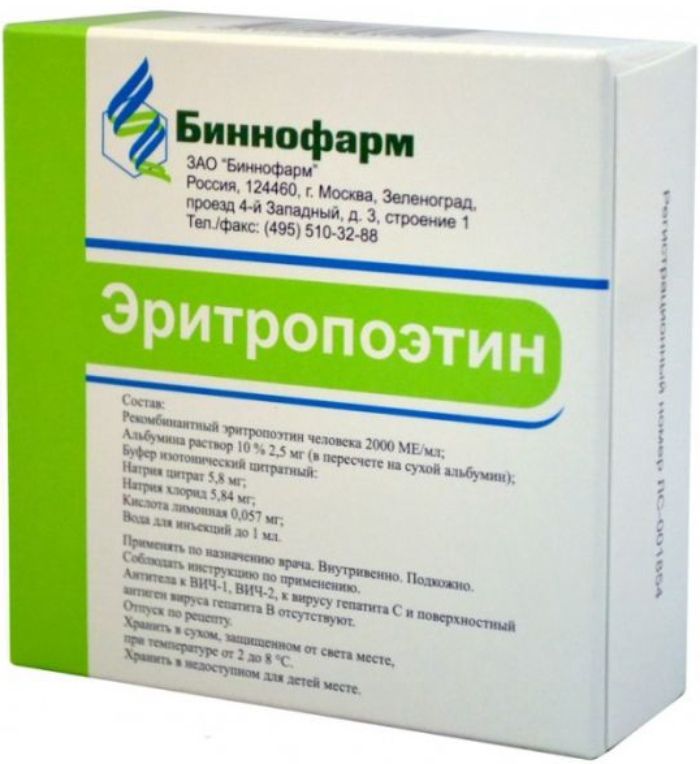

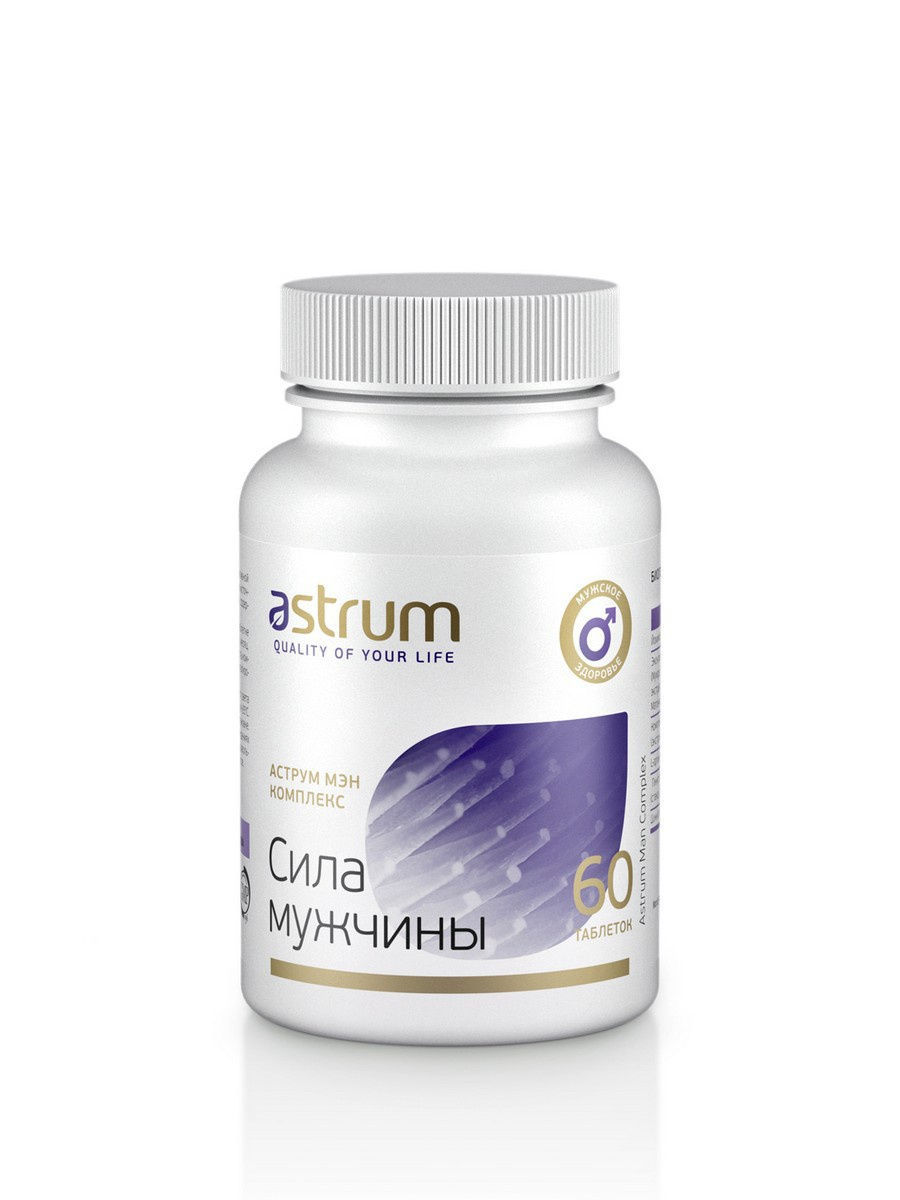
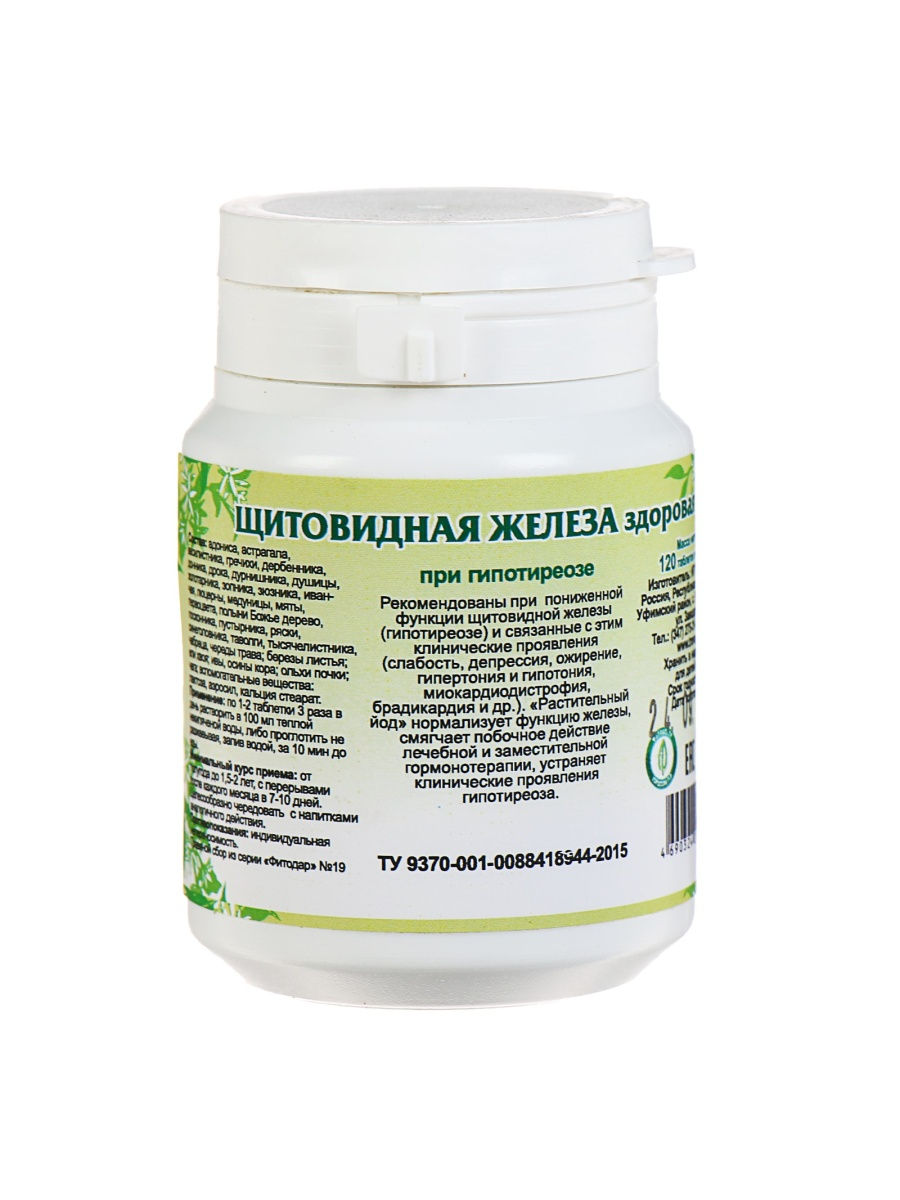
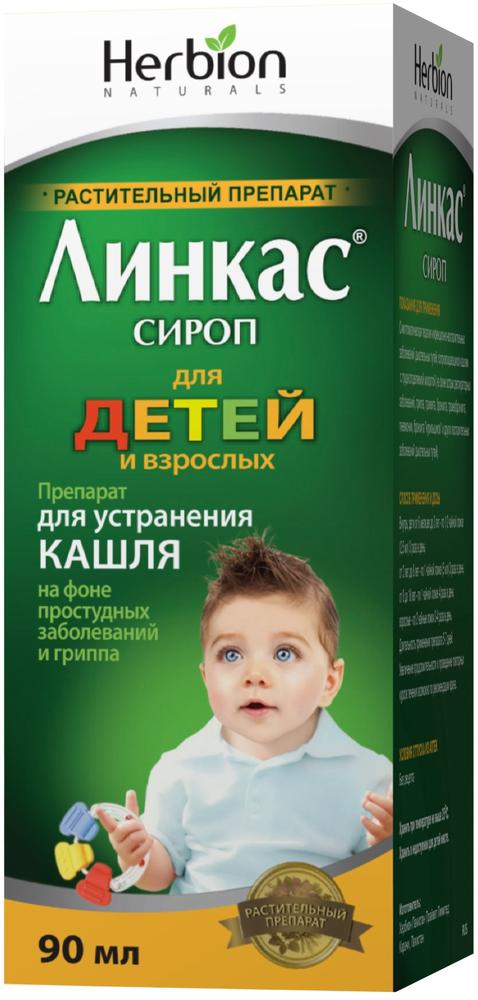
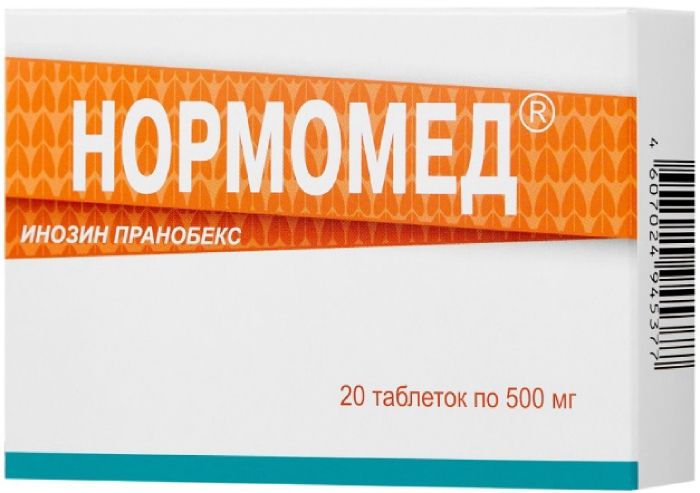
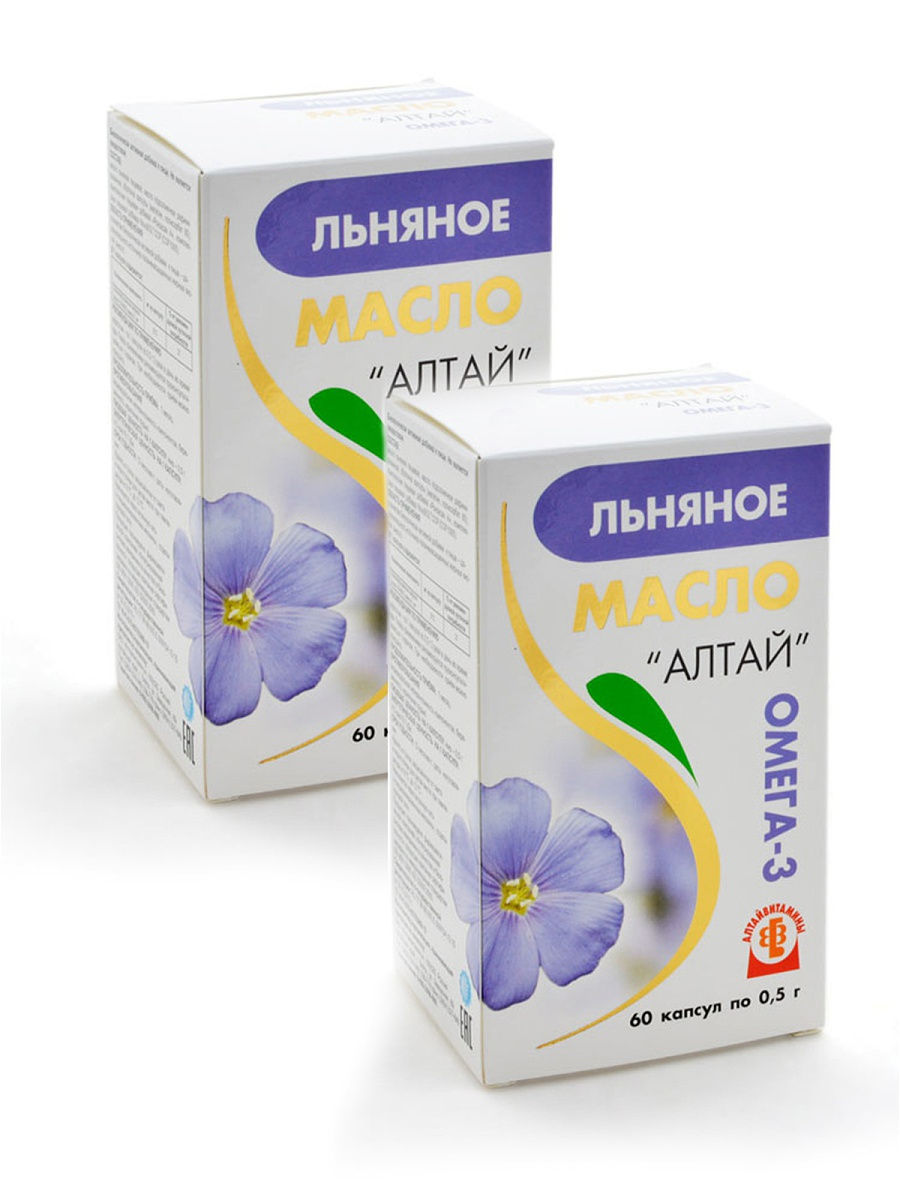




There are no reviews yet.